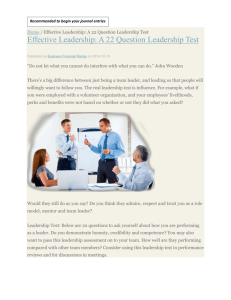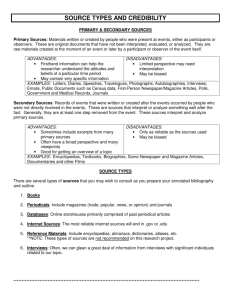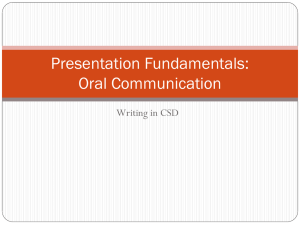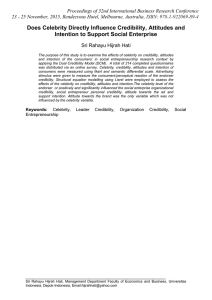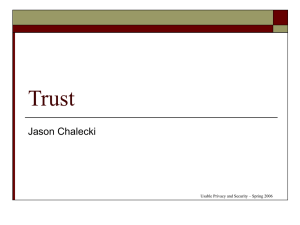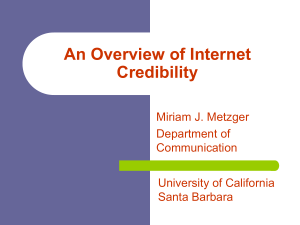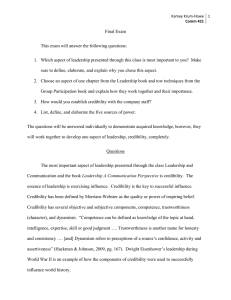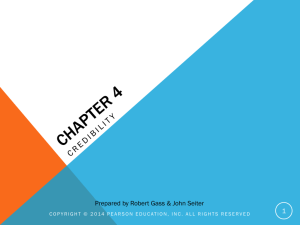Public Communication
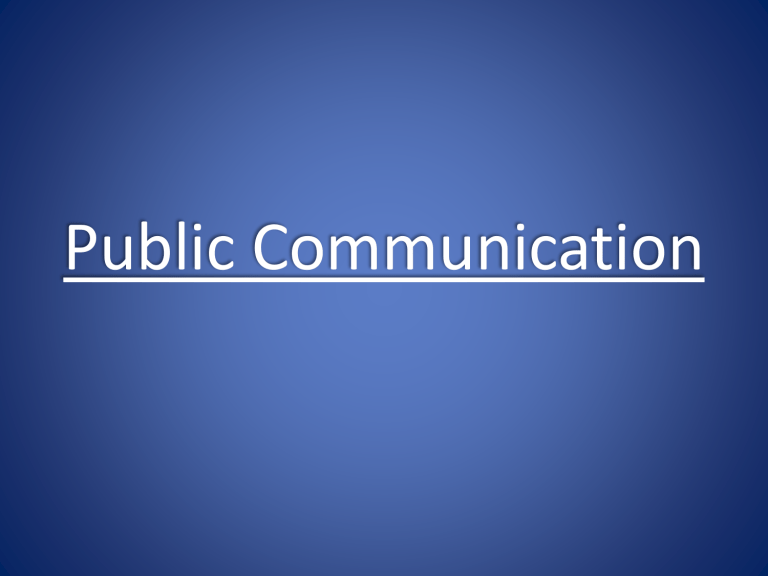
Public Communication
Distinctive features of Public Communication
1. Speaker has a greater responsibility to plan & prepare a. analyze audience b. do research c. organize ideas d. practice & polish delivery
2. Less direct interaction
Purposes for Public Speaking
1. Speaking to Entertain engage, interest, amuse, please
2. Speaking to Inform increase understanding, awareness, knowledge
3. Speaking to Persuade change attitudes, beliefs, behaviors, motivate action
Planning & Presenting Public Speeches
A. Earning credibility
1. Initial credibility
2. Derived credibility
3. Terminal credibility
B. Careful planning
1. Choose a topic a. matters to you b. relevant/appropriate for your audience (backgrounds, values, attitudes, knowledge & interests) c. appropriate for the situation d. limited in scope
2. Define your general purpose
3. Define specific purpose
4. Develop a clear, concise thesis statement
C. Organize your speech
1. The Introduction a. Captures audience’s attention b. Motivates audience to listen c. Includes thesis statement d. Enhances your credibility
2. The Body
Motivated Sequence:
1. Attention – focus audience’s attention
2. Need – shows a problem exists
3. Satisfaction – recommends a solution
4. Visualization – helps your audience image the results
5. Action – appeals to your audience to take specific action
3. The Conclusion
4. Transitions
D. Research & Support
1. Evidence a. statistics b. examples c. comparisons d. quotations
E. Effective Delivery oral style – visual, vocal, and verbal aspects of the delivery of a public speech
4 types of delivery: a. Impromptu b. Extemporaneous c. Manuscript d. Memorized
Guidelines for effective Public Speaking
1. Understand & manage speaking anxiety
Comm. Apprehension – when anxiety is sufficient to hinder your ability to interact with others
Situational anxiety is limited to a specific situation and can be caused by past failures
Chronic anxiety exists when we are anxious about most or all situations
Reducing Communication Apprehension
1. Systematic desensitization
2. Cognitive restructuring
3. Positive visualization
4. Skills training
B. Analyze & Adapt to your audience
“The fool persuades me with his or her reasons, the wise person
with my own” – Aristotle
C. Listen critically



